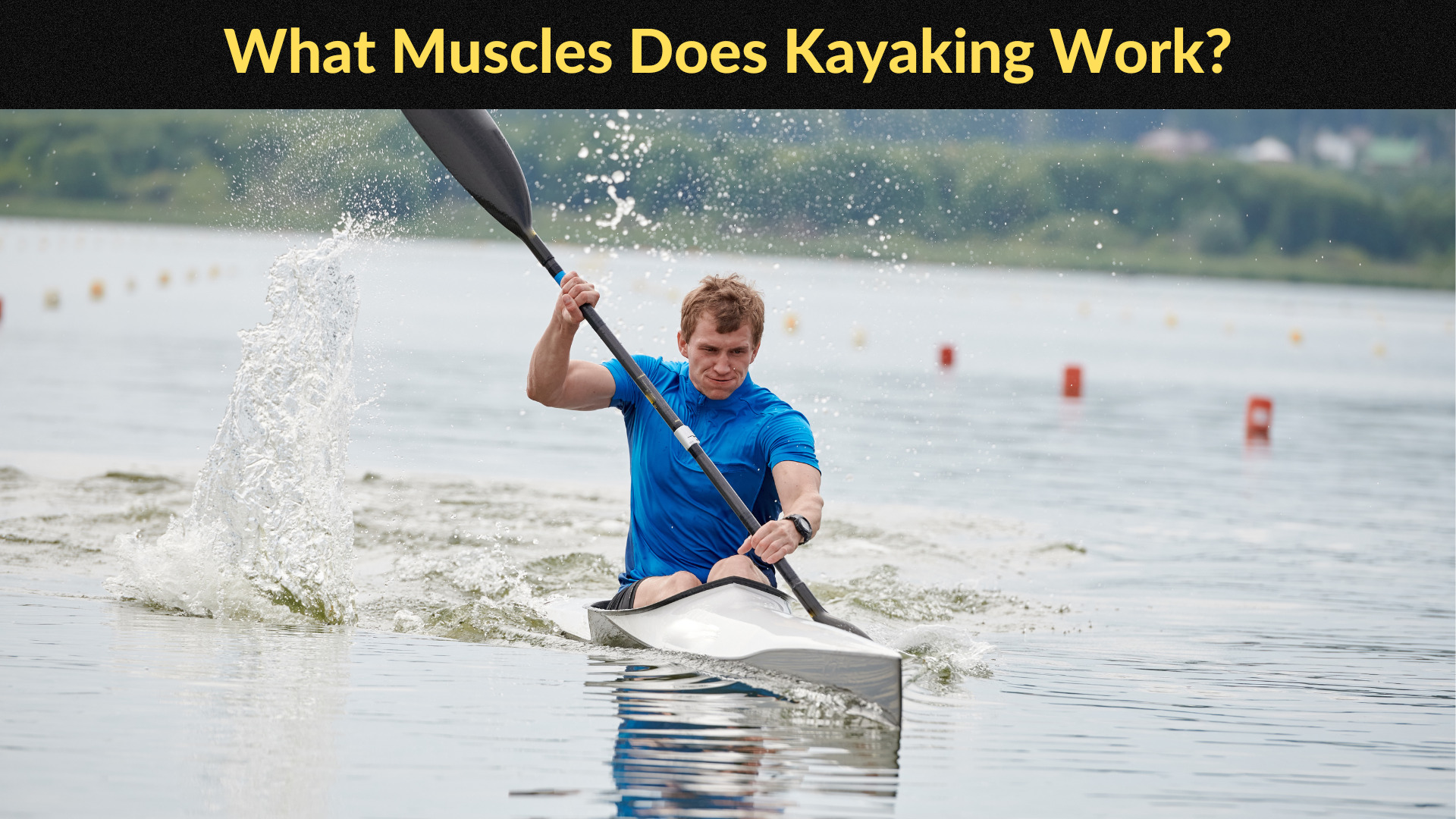What Muscles Does Kayaking Work? A Comprehensive Guide 2023
What Muscles Does Kayaking Work?
Kayaking is a fun and demanding hobby that allows you to enjoy the great outdoors while also increasing your fitness. But which muscles does kayaking engage? We’ll look at the muscles involved in kayaking and how this water sport can help you accomplish your fitness objectives in this post.
When you paddle a kayak, you use a variety of muscles in your upper, lower, and core. Here are some of the major muscle groups that are worked out while kayaking
Upper Body Muscles Used in Kayaking
Lower Body Muscles Used in Kayaking
Benefits of Kayaking for Muscle Strength and Endurance
Kayaking is an excellent approach to increasing muscle strength and endurance since it stimulates numerous muscle groups at the same time. Here are some of the most important advantages of kayaking for muscle fitness:
Glide through serene waters, feeling the gentle breeze, while witnessing a kayaking body transformation. In a full-body workout, kayaking engages the arms, shoulders, back, and core, but does kayaking work your legs? Indeed, those powerful lower limbs assist in propelling the kayak forward, with wall sits being a great exercise to strengthen them.
There may be a few disadvantages of kayaking, such as potential injury or equipment costs, but the health benefits of kayaking far outweigh them. Not only is kayaking good exercise, but it also elevates mood, reduces stress, and connects one with nature.
For those days when the water is inaccessible, kayaking exercises at home can help maintain fitness levels. Incorporate core workouts, arm exercises
FAQ’s
Is kayaking more effective for cardio or strength?
Kayaking is an excellent approach to increasing both cardio fitness and muscle strength. Paddling a kayak requires you to work several muscle groups in your upper, lower, and core, which can help you increase muscle strength and endurance. Kayaking, on the other hand, is a low-impact activity that can be continued for extended periods of time, making it an excellent type of cardiovascular exercise.
What muscles does kayaking help?
Kayaking works for several different muscle groups in your body, including your arms (biceps, triceps, forearms), shoulders (deltoids, rotator cuff), back (latissimus dorsi, rhomboids, erector spinae), legs (quadriceps, gluteus maximus), and core (rectus abdominis, obliques, transverse abdominis). Kayaking can help increase your overall strength and endurance by training these muscle groups together.
Does kayaking burn belly fat?
While kayaking is an efficient kind of exercise for burning calories and encouraging weight loss, it is not a specific strategy to burn belly fat. It is critical to combine regular exercise with a good diet and lifestyle habits in order to lose abdominal fat.
Does kayaking build chest muscles?
Kayaking mostly trains your upper body muscles, such as your arms, shoulders, and back. While it can indirectly engage your chest muscles, it is not always a targeted way to build chest muscles. To build chest muscles, include activities that especially target this muscle area in your fitness program.
Conclusion
Kayaking is a terrific way to enjoy the outdoors while simultaneously getting in shape. Kayaking can help you build strength and endurance across your entire body by using many muscle groups at once. So, whether you’re a novice or a seasoned kayaker, this water sport is a great way to push yourself both physically and mentally.
Kayaking can help you increase not just your muscle strength and endurance, but also your cardiovascular fitness and general health.
To avoid damage, begin carefully and gradually increase the intensity of your kayaking workouts. Wear a life jacket and other necessary safety equipment at all times, and paddle in a safe and appropriate area.
So, the next time you’re wondering, “What muscles does kayaking work?” consider this. Keep in mind that this movement works for various muscle groups in your upper, lower, and core. Kayaking, with constant practice, can help you reach your fitness objectives while still enjoying the great outdoors.

